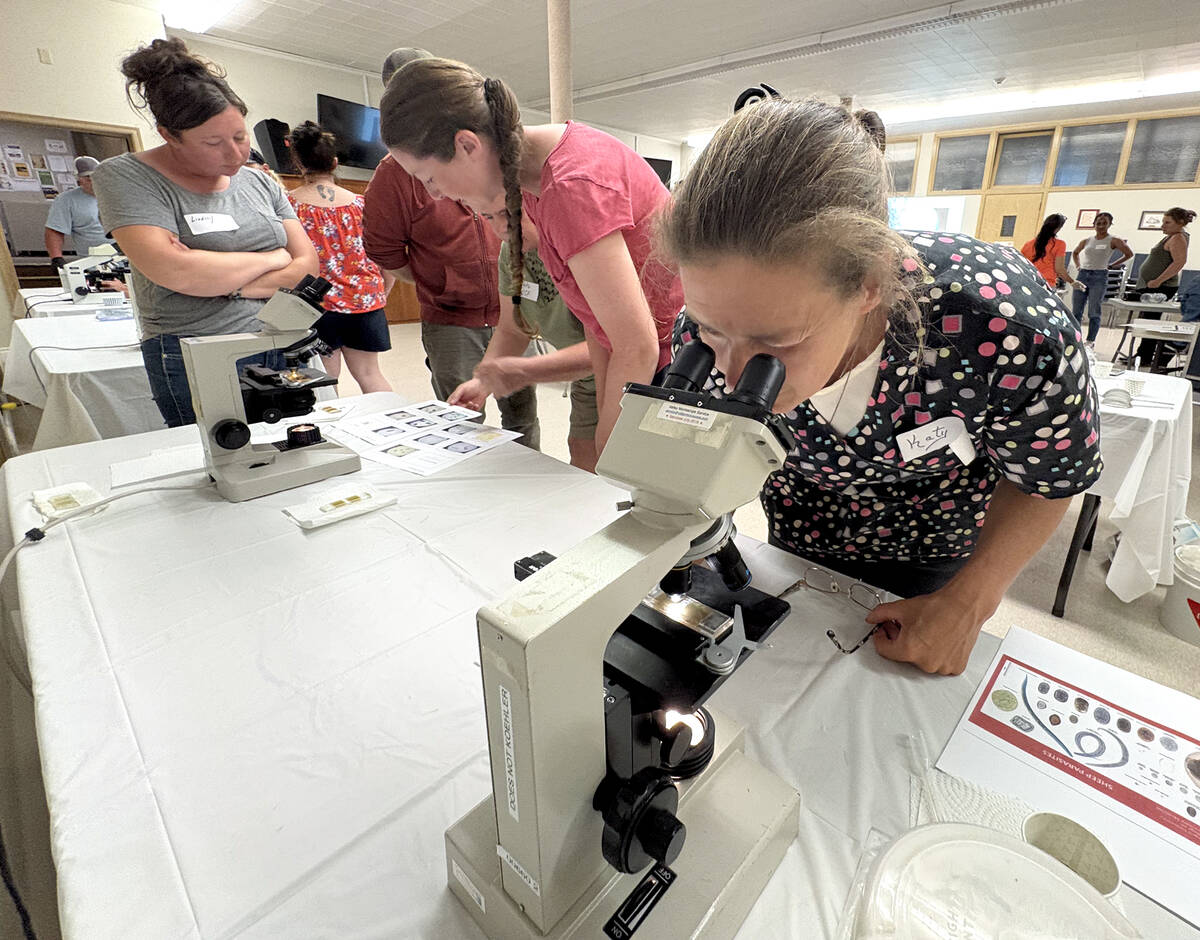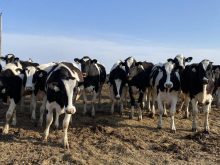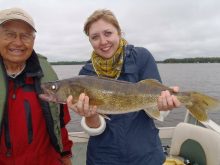The federal government may reduce the number of elk and deer in Riding Mountain National Park to control tuberculosis in the wildlife population.
Parks Canada is considering a wildlife cull in the western end of the park because of a persistently high rate of TB there.
The move, if it happens, would be a major shift in Park Canada’s TB control program for Riding Mountain National Park.
“It’s very significant,” Ray Armbruster, a Manitoba Cattle Producers Association director, said during an MCPA district meeting last week.
Read Also

Smart deworming for sheep starts with individual fecal egg counts
Fecal egg count tests are one step to managing dewormer resistance and managing sheep parasites on Canadian sheep farms to maintain flock health.
Ever since TB began appearing in cattle herds around Riding Mountain in the early 1990s, producers have insisted wildlife within the park were the source of the disease.
Surveillance
Armbruster said it took Parks Canada nearly 10 years to even acknowledge TB existed in the park. Since then, a federal surveillance program has regularly detected elk and white-tailed deer with TB. The latest capture between February and April 2008 found five infected elk and one deer out of 100 animals tested.
Most positives occur in the western end of the park. MCPA has for years lobbied Ottawa and the province for a wildlife cull in that region.
Armbruster told the MCPA meeting Parks Canada estimates the park is home to an estimated 2,000 elk, including some 450 in the western end. Parks Canada may consider removing 100 elk and another 100 deer in that area.
Parks Canada is hesitant to confirm the figures.
“We’re really shy about the numbers. We haven’t put any target numbers up,” said Ken Kingdon, Parks Canada’s wildlife health program co-ordinator for Riding Mountain National Park.
Parks Canada began blood testing park wildlife in 2002 to gauge the true prevalence of the disease. The program involves capturing animals with weighted nets dropped from helicopters, testing them and releasing them with radio collars to track their movements.
The program helped define the disease and removed some diseased animals. But an unusually high rate of TB in the west end appears stuck at six per cent, Kingdon said.
“We were surprised at how high it was in the west end.”
Containment
Authorities have tried to keep TB within the park through fencing and other containment programs. But ongoing surveillance by the Canadian Food Inspection Agency of cattle herds outside the park area keeps finding sporadic cases. One cattle farm in the Rural Municipality of Grandview had TB this spring. About 300 animals had to be destroyed.
A TB task group representing Parks Canada, CFIA, MCPA, MAFRI, Manitoba Conservation and the Manitoba Wildlife Federation has asked a scientific advisory committee to consider TB control options for the wildlife. There are three: a selective cull, a major cull and continued monitoring.
The task group is thinking about dividing the park into three regions, each with its own approach to TB control. A region east of Highway 10, which runs vertically through the park, is virtually TB free. The central region requires more surveillance, while the western region is obviously a TB hot spot, said Kingdon.
“The big question for that area is, how do we manage it and what is the program going to look like in that west end?”
A decision is expected by the end of the year.
The issue is complicated by the fact that it is multi-jurisdictional. Armbruster said MCPA feels Manitoba Conservation isn’t keen on a cull and is dragging its feet. [email protected]


















